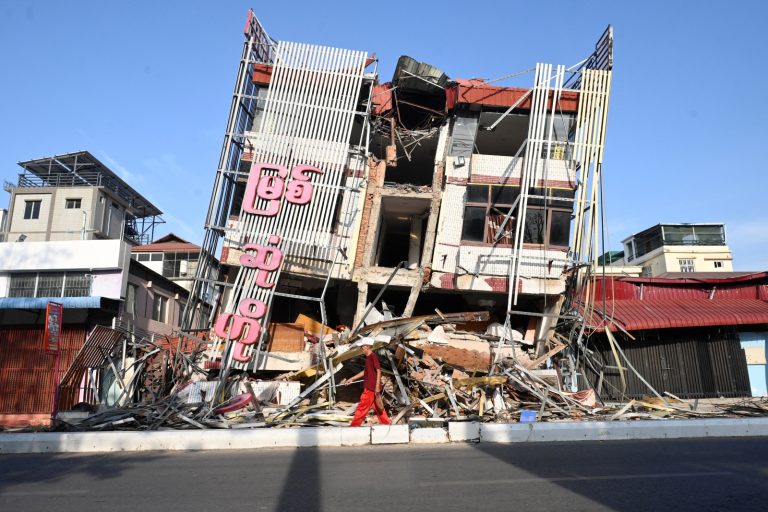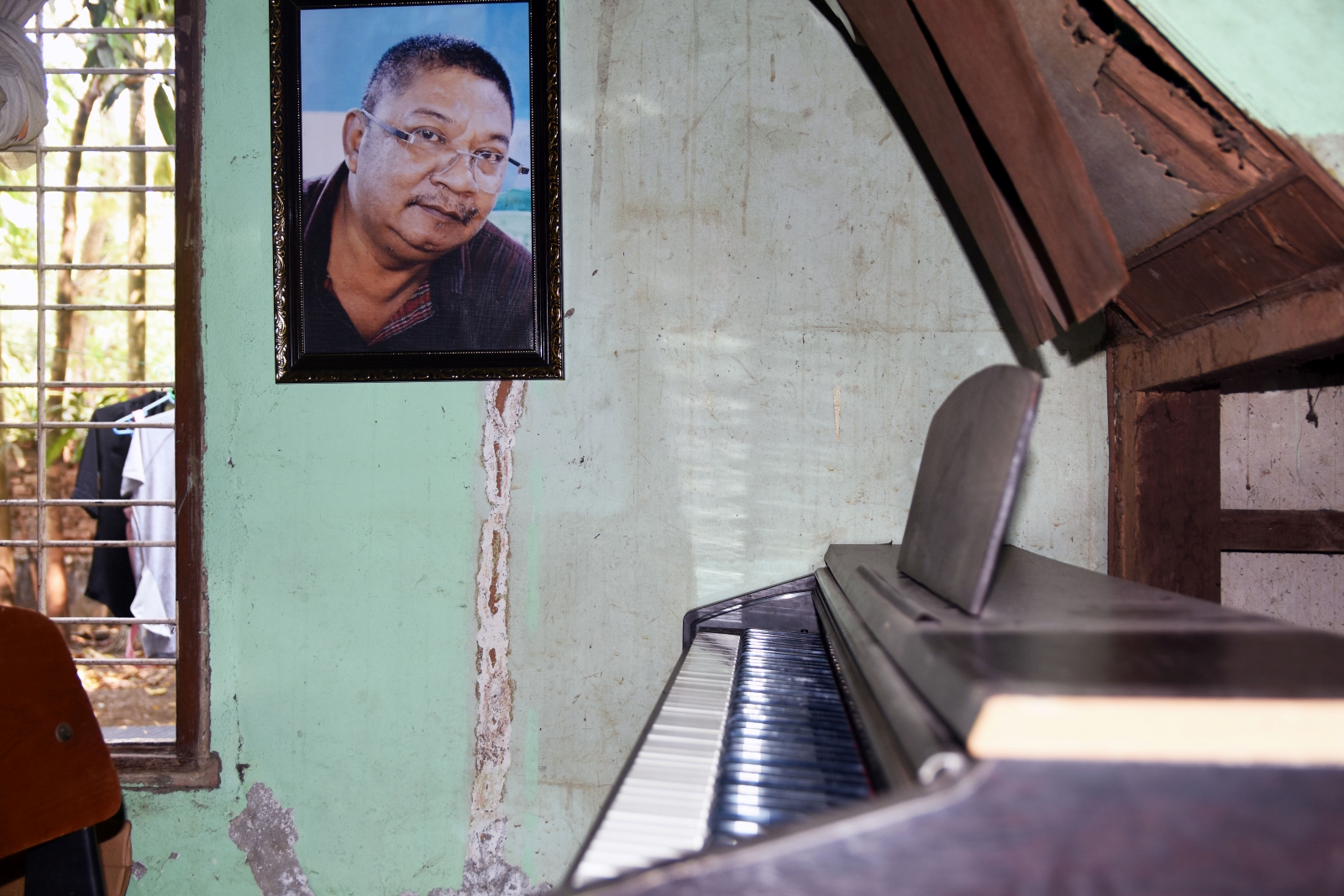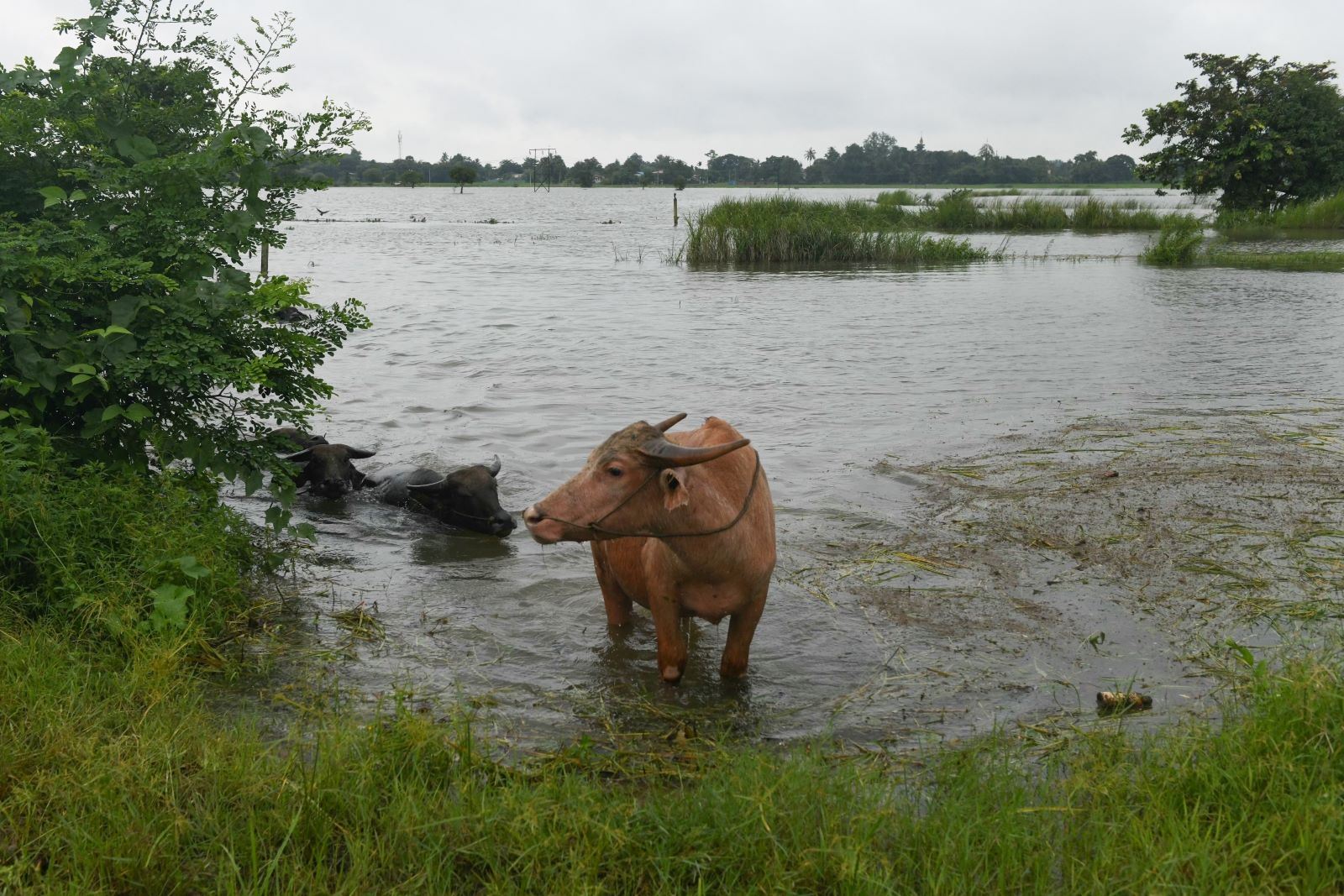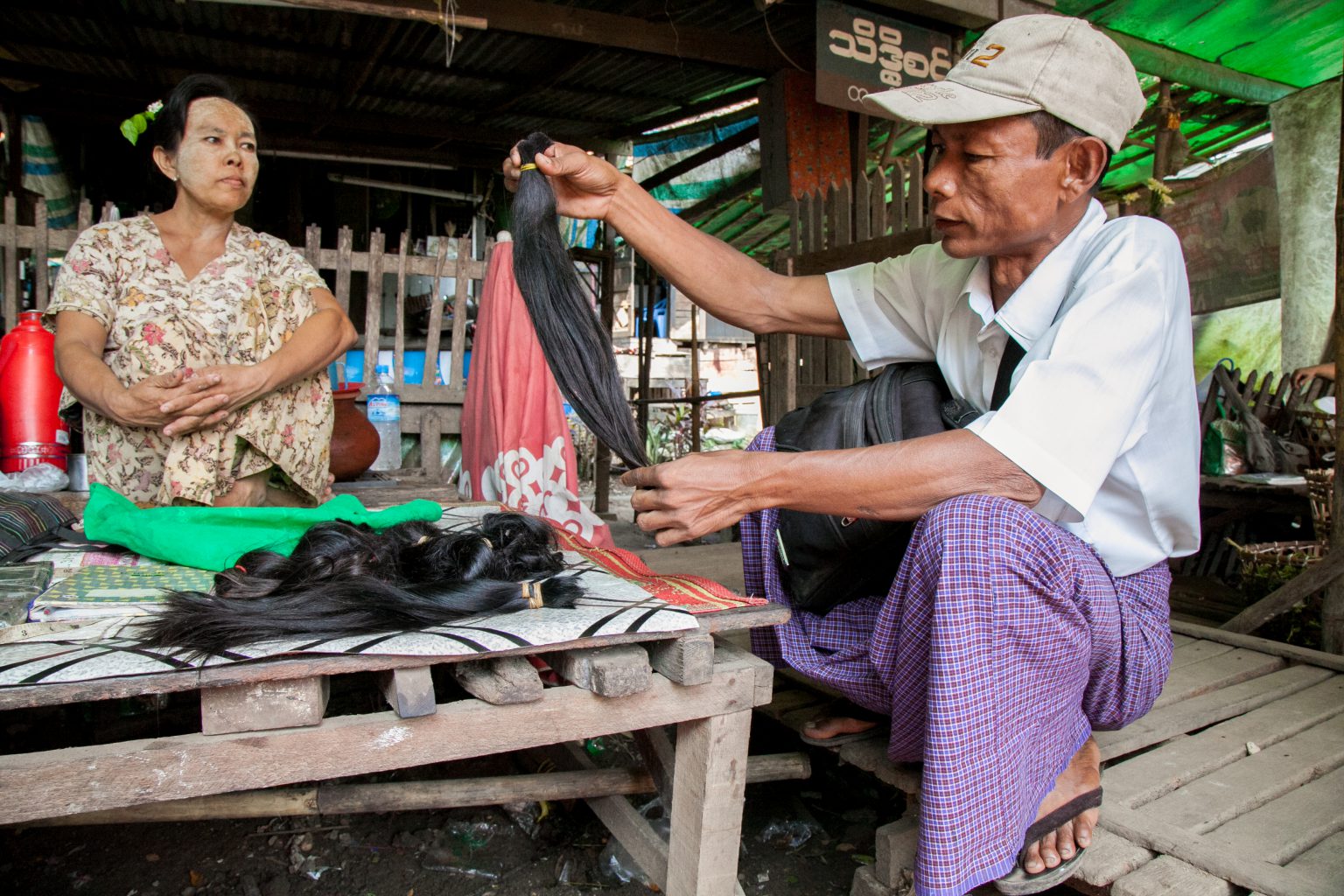A small town on the outskirts of Mandalay is renowned for the quality of its marble statues, many of which are exported to China.
By MRATT KYAW THU | FRONTIER
Photos TEZA HLAING
SEVERAL STATUES depicting the Buddhist deity Quan Yin are lying on the ground, while others are stood upright, half complete, waiting for their sculptors to finish the task of crafting them. Other faceless statues are sat around, waiting for their customers to decide what depiction of the Buddha they want carved on their faces.
tzh_marble_carving73.jpg

This is the scene at Sagyin village, on the banks of the Ayeyerwady River in Madaya Township, about 30 miles (46 kilometres) from Mandalay. Dotted around the village are a handful of sculptors working on the marble statues, while several traders, most of them little more than a small shop, can be seen around the village and its surrounding area.
Along the road from Mandalay to Mogok, a town itself renowned for its rubies, are dozens of small shops selling the marble statues, most of them some variation on depictions of the Buddha.
tzh_marble_carving44.jpg
Support more independent journalism like this. Sign up to be a Frontier member.

The marble carvers in Sagyin (which roughly translates as marble) work year-round. Along the road to the village, workers can be seen plying their trade, their faces covered in the thick powder from the marble, giving them the appearance of vampires. Hardly any of the workers wear masks to protect themselves from the plumes of dust.
tzh_marble_carving02.jpg

Ko Aung Sein Tint, 31, has been working as a marble carver for 12 years. He said he never wears a mask.
“It smothers me too much,” he told Frontier.
tzh_marble_carving104.jpg

Aung Sein Tint was born and raised in Sagyin and all of his family work in the marble industry, some as carvers and others as traders. Apart from a handful of farmers who work in the nearby onion fields in the winter, practically every person in the village is employed in the industry.
Carver Ko Shwe Moe, 37, said that nearly all of the products are sold to Chinese traders.
“The marble business is much better than doing any other type of work,” he said.
tzh_marble_carving16.jpg

Residents in Sagyin said that many of the fields around the village are owned by Chinese businessmen, who visit a few times a year. In many areas, names scrawled in Chinese language can be seen around the village and one concrete water tank had a Chinese named engraved on it.
tzh_marble_carving68.jpg

Villagers said that Chinese traders regularly come to visit the area to purchase the statues. The most popular ones can be seen dotted around the town, most notably the “smiling Buddha” and Quan Yin statues.
tzh_marble_carving83.jpg

The statues sent to China are typically transported through the border town of Ruili. Typically, a statue weighing nine tonnes sells for about K15 million, but traders also have to pay a fee to export the goods. Traders told Frontier that the fee averages at about K300,000 per tonne.
“If we get the statues to Ruili, it’s all done. We’re finished and they’re already waiting for us,” said Shwe Moe.
tzh_marble_carving93.jpg

Apart from the Chinese, other traders come from Thailand, Vietnam and Taiwan. When visiting, Frontier did not find any modern statues being sculpted, only more traditional religious ones. Meanwhile, although there are many general workers, there appeared to be only a handful of skilled sculptors.
tzh_marble_carving87.jpg

There is also a government-owned marble factory close to the village but it is currently not working. The town thrives on the small businesses dotted around the town and a handful of big businesses.
tzh_marble_carving100.jpg

“We earn only K5,000 a day,” said Ma Khin Thidar Myint, who works as a general worker. “But [the sculptors] can earn whatever they like because they are the masters here.”







